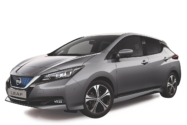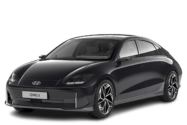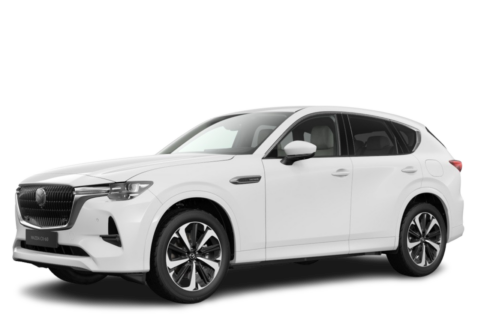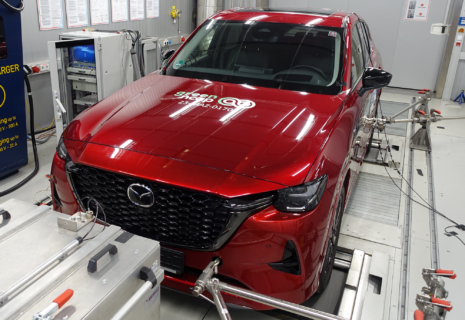MAZDA CX-60 E-SKYACTIV plug-in hybrid AWD automatic
2023
48%
5.4
10
Clean Air Index
5.0
10
Energy Efficiency Index
4.1
10
Greenhouse Gas Index
| Laboratory Tests | NMHC | NOX | NH3 | CO | PN | |
|---|---|---|---|---|---|---|
| 3.510 | Cold Test | |||||
| 7.110 | Warm Test | |||||
| 0.010 | Highway | |||||
| Cold Ambient Test | Does not qualify for additional robustness testing | |||||
| Road Test | ||||||
| 6.810 | On-Road Drive | |||||
| 3.45 | On-Road Short Trip | |||||
| On-Road Heavy Load | Does not qualify for additional robustness testing | |||||
| On-Road Light Load | Does not qualify for additional robustness testing | |||||
| Congestion | Does not qualify for additional robustness testing | |||||
| Laboratory Tests | Energy | ||||||
|---|---|---|---|---|---|---|---|
| 6.110 | Cold Test | ||||||
| 3.810 | Warm Test | ||||||
| 1.010 | Highway | ||||||
| Cold Ambient Test | Does not qualify for additional robustness testing | ||||||
| Consumption | Driving Range | ||||||
| Petrol | Electric | Petrol | Electric | ||||
| Average | 5.3l | 9.5kWh | 100 km | 667 | 51 | km | |
| Worst-Case | 9.6l | 0.0kWh | 100 km | 521 | 0 | km | |
Consumption in WLTC+ Battery Depleting Cycle: 1.7 l/100 km fuel + 23.2 kWh/100 km electricity |
|||||||
| Greenhouse Gases | CO2 | N2O | CH4 | |
|---|---|---|---|---|
| 5.210 | Cold Test | |||
| 1.910 | Warm Test | |||
| 0.010 | Highway | |||
| Cold Ambient Test | Does not qualify for additional robustness testing | |||
Specifications
- Tested Car JMZKH0HB70111XXXX
- Publication Date 11 2023
- Vehicle Class Large SUV
- Emissions Class Euro 6d AP
- Tyres 235/50 R20
- Mass 2,071 kg
- Engine Size 2,488 cc
- System Power/Torque 241 kW/500 Nm
- Declared CO2 33 g/km
- Declared Battery Capacity 17.8 kWh
- Declared Driving Range Overall Electric (WLTP) 63 km City 68 km
- Declared Consumption 1.5 l/100 km 23 kWh/100 km
- Heating Concept Waste heat & PTC







































































































































Our verdict
Tested here is the CX-60 PHEV, Mazda's first vehicle available as a Plug-In hybrid. This is large and luxurious SUV, which offers an abundance of power (141 kW ICE + 129 kW EM) and torque. Mazda declared an electric range (EAER) of 63 km, but in Green NCAP's tests with active cabin climatization, only 51 km were measured. In the case of the heavy and sporty Mazda, the hybrid system's success in reducing consumption and emissions is limited by the relatively low electric range and the high energy demand figures in both modes, but especially in pure combustion mode. This is Mazda's most powerful series production car up-to date and it appears as if the electric part of the powertrain is used primarily to boost dynamic performance. With this premise, the modest results in the Energy Efficiency and Greenhouse Gas Indexes are not surprising, but could have been better, if the grid-to-battery-output efficiency was higher than the measured 85.6%. The Clean Air Index received a score of just 5.4/10 due to several issues of the exhaust aftertreatment, but most significantly CO gross exceedance in the Highway and Cold Ambient Test and generally high particle number. Although these more advanced tests were performed, the vehicle's average score drops below the threshold for additional robustness rating and the car is rated only on the standard tests. Overall, the CX-60 Plug-In Hybrid receives an average score of 48% and achieves 2½ Green stars, narrowly missing a third one.